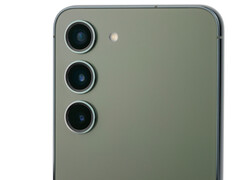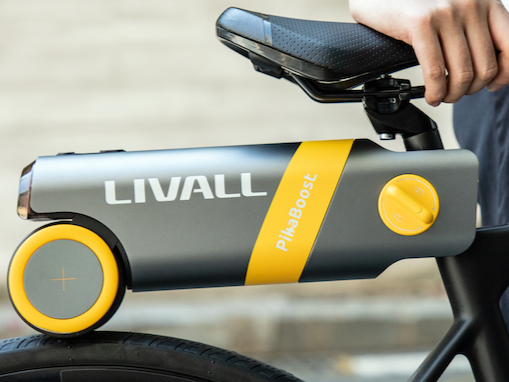
The Galaxy S23 is the smallest and cheapest model in Samsung’s current high-end series. This year, a few shortcomings compared to the more expensive smartphones have been addressed, but not all of them.
Daniel Schmidt, 👁 Daniel Schmidt (translated by Jacob Fisher), Published 🇩🇪
The Samsung Galaxy S23has a 6.1-inch Dynamic AMOLED 2x display that offers Full HD+ and up to 120 Hz. Both the front and back are protected by Corning Gorilla Glass Victus 2. Power is provided by the exclusive Qualcomm Snapdragon 8 Gen 2 for Galaxywhich can draw on 8 GB of LPDDR5x RAM. The battery has again grown slightly and now has a capacity of 3,900 mAh. The S22 still had to make do with 3,700 mAh, while the S21 had 4,000 mAh at its disposal.
The triple camera on the back has received a lot of fine-tuning. The new sensor for the ultra-wide angle in particular performed well in our tests. Samsung is also breaking new ground with the front camera and has given all models in the series the same look.
Even the smallest Galaxy S smartphone can now utilitze the 6 GHz WLAN standard, as Wi-Fi 6E was reserved for the big siblings last year. Unfortunately, Samsung has omitted Wi-Fi 7. Users of a Galaxy S23 also have to do without the ultra-wideband chip (UWB).
We particularly like the fact that Samsung has balanced out the differences within the series in terms of display brightness, which gives the Galaxy S23 a big plus in terms of luminosity. However, the charging rates remain the same and the Samsung smartphone can still only be charged with a maximum of 25 watts.
Another bitter pill is the price increase of around US$100, compared to last year, for the entry-level model, which only has 128 GB of UFS 3.1 storage, while the US$60 more expensive 256 GB model uses the modern UFS 4.0 standard. Whether the differences are actually noticeable in everyday life is questionable, however.
The Galaxy S23 can be purchased directly from Samsung’s online store (where applicable) in all color and memory variants.
Editor of the original article: Daniel Schmidt – Managing Editor Mobile – 504 articles published on Notebookcheck since 2013
As a child I was fascinated by my Commodore 16, and this sparked my enthusiasm for computers. Using my first modem, I surfed the BTX videotext system and later the World Wide Web. I have always been captivated by the latest technologies, and this is especially true for mobile devices such as smartphones and tablets. I’ve been part of the Notebookcheck team since 2013 and have also on occasion written for Notebookinfo.de, and I’m looking forward to testing new innovations for our readers. I like to spend my spare time indulging in photography and barbecues and being with my family.
Translator: Jacob Fisher – Translator – 173 articles published on Notebookcheck since 2022
Growing up in regional Australia, I first became acquainted with computers in my early teens after a broken leg from a football (soccer) match temporarily condemned me to a predominately indoor lifestyle. Soon afterwards I was building my own systems. Now I live in Germany, having moved here in 2014, where I study philosophy and anthropology. I am particularly fascinated by how computer technology has fundamentally and dramatically reshaped human culture, and how it continues to do so.
Daniel Schmidt, 2023-03-11 (Update: 2023-03-10)
Note: This article have been indexed to our site. We do not claim legitimacy, ownership or copyright of any of the content above. To see the article at original source Click Here















